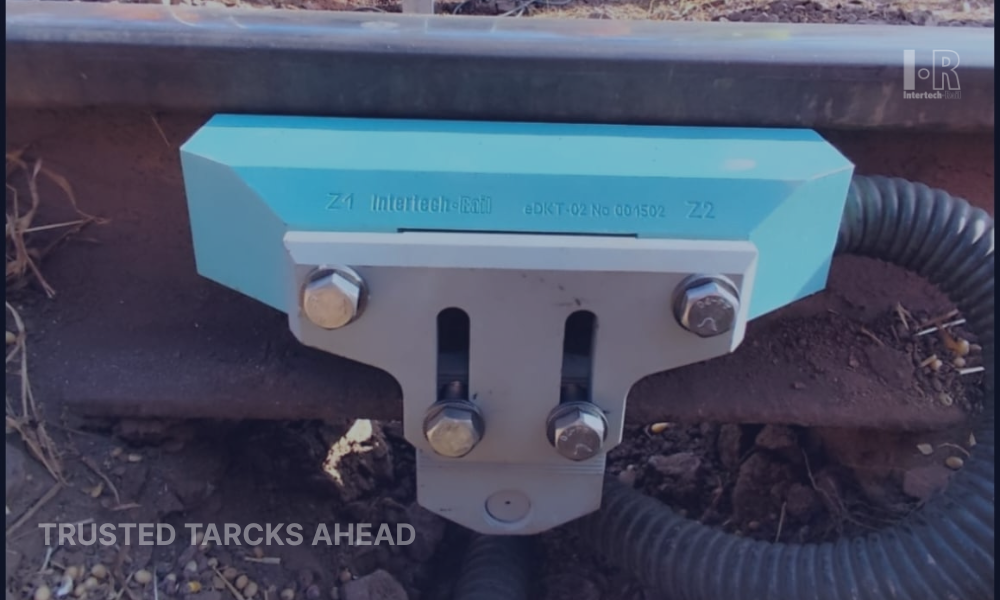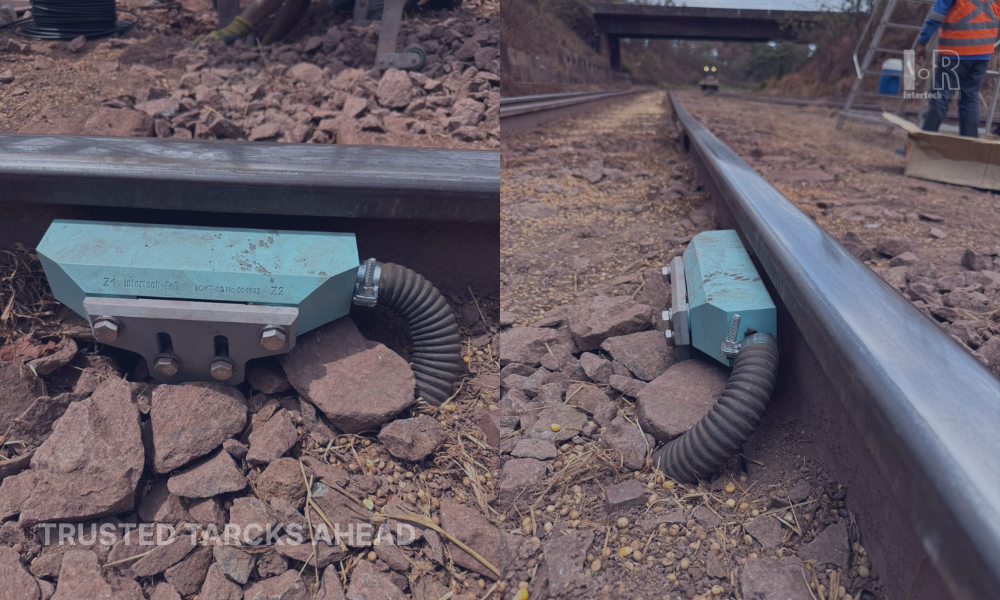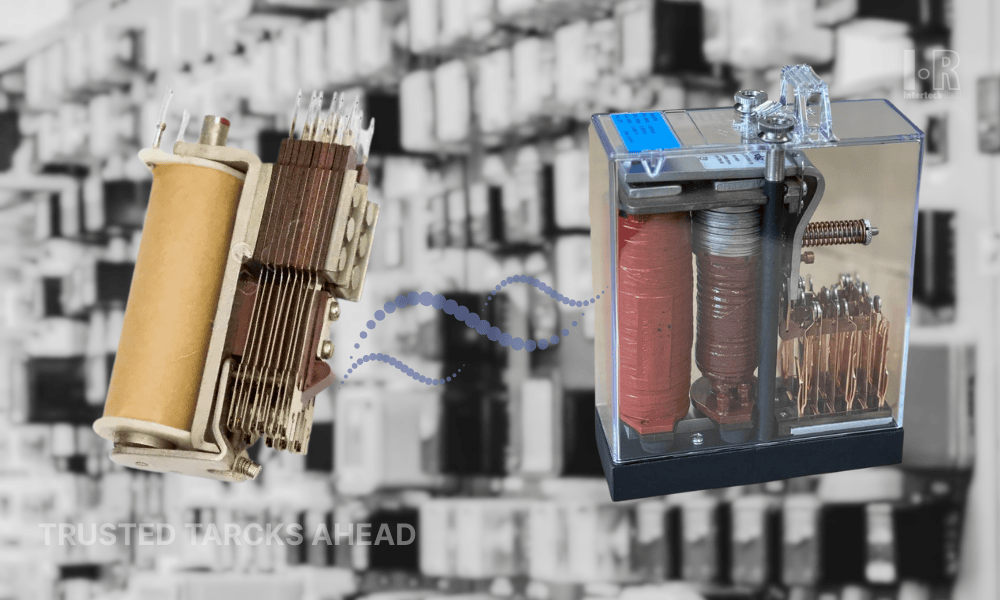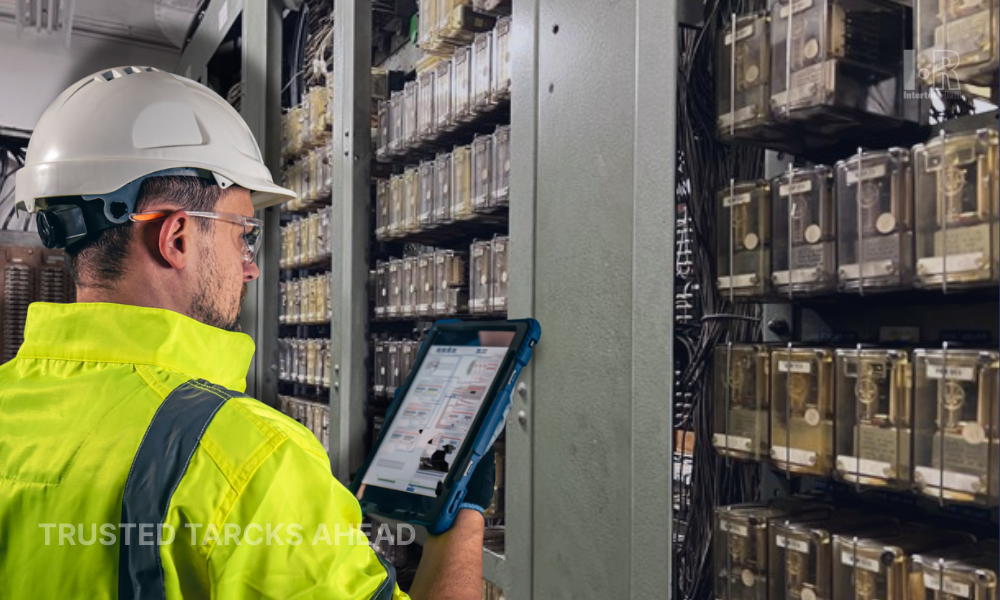Train Wheel Sensors
Train Wheel Sensors

It is impossible to overestimate the significance of safe and effective railroad crossings in the current rail environment, where trains meet with pedestrian zones and vehicles. Due to growing passenger lines, denser freight quantities, and faster train speeds, automated detection systems no longer meet modern safety and logistical demands.
The monitoring, management, and protection of railroad crossings are being revolutionized by emerging technology, especially sophisticated wheel sensors and integrated detection systems.
Train Detection Systems' New Frontier
For a long time, conventional crossing systems have relied on simple track circuits to identify trains. These systems are functional, but they lack the accuracy and adaptability required for today's operational complexity. In addition to detecting the presence, modern train detection systems can also determine direction, speed, axle count, and even equipment status in real time.
>>This kind of integration between sensors and ID systems is further explored in our article Smart Rail Balises: RFID and Beacon Compared, which details how RFID-based technologies enhance rail monitoring and automation.
This is where inductive wheel sensors come in.
Why Inductive Wheel Sensors Are Important
Railway wheel detection has advanced thanks to inductive wheel sensors like the DKU Wheel Sensor, which is utilized in both mainline and industrial applications. In addition to verifying that a train is approaching, these sensors collect useful information as it goes by.
For example, the DKU sensor functions independently of intermediate systems to detect the presence of wheels, count axles, determine movement direction, and compute speed. It is made to endure the severe circumstances of rail yards and level crossings, such as interference from snowblowers, lubricators, or track maintenance carts, and to operate dependably in a wide variety of temperatures.
Sensors such as the DKU enhance response time and alleviate strain on higher-level control systems by decreasing dependence on centralized processing.
Intelligent Integration for Intelligent Rail
The power of contemporary sensors depends on the systems to which they are connected. The DKU sensor is compatible with various traffic and logistics management systems since it uses the Modbus protocol to transfer data via RS-485. These sensors provide a thorough picture of vehicle traffic at crucial intersections when combined with RFID readers, like as TransCore® Encompass or MPRX, which are made possible by collaborations with Intertech Rail.
With this degree of connection, logistics personnel can better plan train movements, cut down on idle time, and keep an eye on crossings in real-time.
Safer Crossings: The Best Practices
Installing hardware is only one aspect of putting in place efficient railroad crossing safety measures. It calls for a well-thought-out plan that incorporates operational planning, technology, and human awareness. A few best practices are as follows:
- Use redundant sensing layers (e.g., wheel detection and RFID tagging) to confirm train identity and location.
- Perform regular calibration and remote testing to ensure sensors maintain accuracy across seasons.
- Equip crossings with real-time alert systems tied directly to traffic control centers.
- Ensure compatibility with national and local safety regulations, including fail-safe defaults.
Why It's Important Now
Although they are uncommon, level crossing accidents can be disastrous. Whole train networks may be affected by delays brought on by imprecise or antiquated detection technologies. Precision detection is now required due to rising traffic volumes and dependability demands. Advanced wheel sensors are essential to meeting the speed, accuracy, and adaptability demands of rail asset monitoring today.
The coexistence of operational intelligence and rail safety is demonstrated by technologies such as the DKU Wheel Sensor. The emphasis is still on maintaining safe, accurate, and clear crossings, even while Intertech Rail offers the integration and infrastructure required to make these solutions scalable. The tracks ahead appear safer for everyone thanks to the implementation of intelligent systems.





